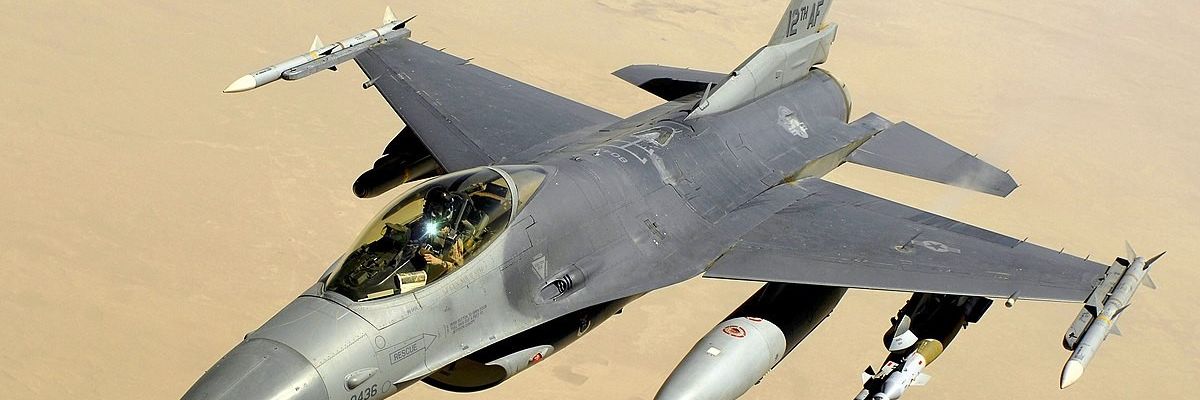UPDATE 10/28: According to the New York Times Saturday morning, U.S. air defenses shot down a drone new the Al Asad Air Base in western Iraq on Friday, shortly after the U.S. launched retaliatory attacks against Iranian targets in Syria.
There were no injuries or damage on the ground, U.S. officials said on Friday. Pentagon officials also said that rockets were also fired into northern Syria on Friday but landed far from American troops.
The Pentagon announced it conducted F-16 fighter aircraft strikes against Iranian Revolutionary Guard targets in Syria early on Friday.
The targets — military supply depots that an official said were run by the IRGC — were located near Boukamal in the eastern part of the country. The official said the ammo and weapons there were the same used in a string of recent attacks against U.S. troops on bases in Iraq and Syria.
According to the Associated Press: "there had been Iranian-aligned militia and IRGC personnel on the base and no civilians, but the U.S. does not have any information yet on casualties or an assessment of damage. The official would not say how many munitions were launched by the F-16s."
U.S. personnel had come under fire for several days starting Oct. 19 and through last weekend. At least 24 troops sustained minor injuries, including 19 who suffered mild traumatic brain injuries from the blasts. The Biden administration has blamed Iranian backed militias for the attack and it appears now that they believe Iran's elite guards are supplying those fighters. Of course there are concerns that the war in Gaza will spill over into the region and one way it could do that is if U.S. military in Iraq and Syria are triggered into a fight.
In a statement, Defense Secretary Lloyd J. Austin III said that the airstrikes were “narrowly tailored strikes in self-defense,” and “do not constitute a shift in our approach to the Israel-Hamas conflict.”
- UPDATE: US troops in Iraq, Syria fending off spate of armed attacks ›
- US strikes in Iraq show risk of escalation to wider war - Responsible Statecraft ›














